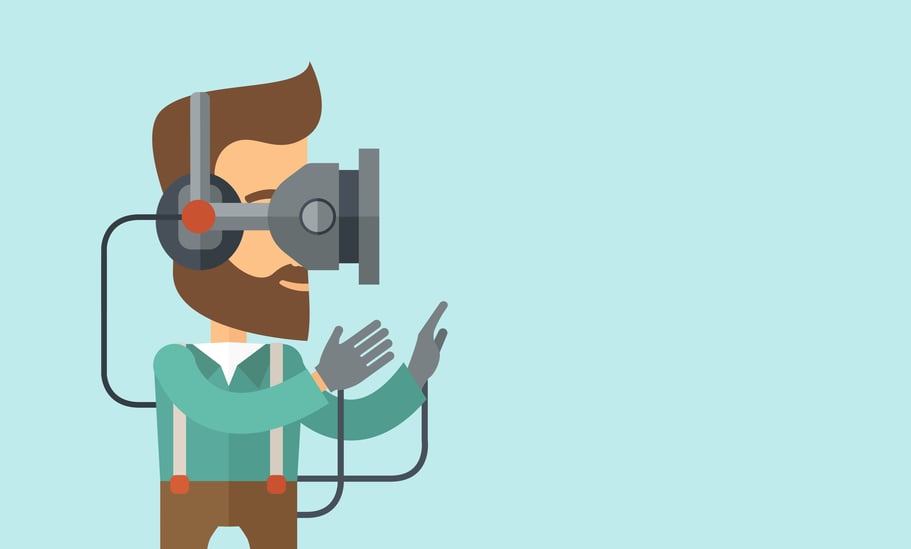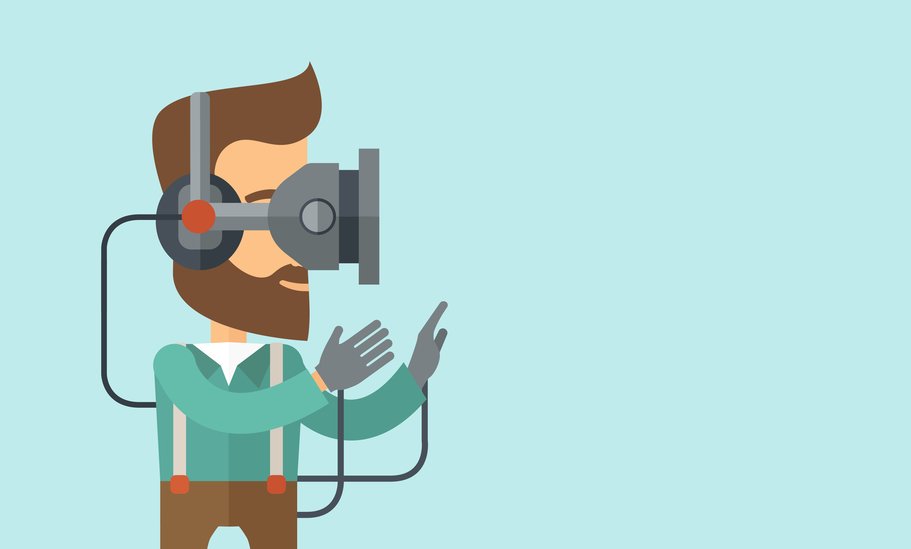How VR Will Accelerate Talent Learning and Development
Here’s why virtual reality is such a powerful training tool and the various types of training its ideal for.

A new normal requires new skills. And the wake of the imminent “new normal” will be littered with learning curves.
Benjamin Franklin wisely once said, “Tell me and I forget, teach me and I may remember, involve me and I learn.” Science proves this quote true. When we are engaged in “experiential learning” our retention of information improves.
Involvement has always been and will continue to be key for learning. But how can we involve ourselves when physical distancing still abounds?
The answer is virtual reality (VR).
VR refers to an artificial three-dimensional environment that is experienced through sensory stimuli provided by a computer (such as a special headset) and in which a person’s actions partially determine what happens in the environment.
In my recent Future of Learning & Development Podcast interview with Dr. Britt Andreatta, author of Wired to Grow: Harness the Power of Brain Science to Learn and Master Any Skill (2nd Edition), she explained how VR is best positioned to accelerate learning.
"Experiential learning is the most powerful and most sticky type of learning,” says Andreatta, “because it creates an episodic memory where we are at the center of the action, with all of our senses coding data about what is happening.” Of the nine types of human memory, episodic memories drive the highest levels of retention of information and behavior change.
Andreatta continues, “VR is so powerful because it mimics this learning. And some studies show that VR experiences code in the brain as a lived memory.”
VR is much different than watching an instructional video on a screen because the learner can still see that they are in a room watching the video. Because VR is immersive, the human brain can’t tell the difference and believes what it's experiencing is real thus accelerating one’s learning.
According to Andreatta, here are the types of training that are ideal for VR and some real-life examples.
Geospacial: If learners need to gain familiarity with a particular location without physically being there, VR works well. A cruise ship company used VR to help their waitstaff learn the location of hundreds of tables in the dining area to ensure food is served seamlessly when onboard. Oil rig workers use VR to commit the oil platform to memory from a safe place before being flown to this fast-moving and often dangerous work environment.
Human Interactions: If learners need to gain specific behavioral skills, VR provides unique advantages. For example, interviewers can utilize VR to practice interviewing an artificial candidate by identifying and monitoring body language or counterbalancing unconscious bias. Or managers can practice having difficult conversations without harming a real relationship. VR is also used by law enforcement to simulate active shooter scenarios where a retired police officer coaches VR participants through how to handle various situations.
Processes: If learners need to master a particular process, VR can offer efficiency and scalability. VR can put a newly hired salesperson in a simulated observational role where they can peer over the shoulder of an experienced employee who is properly using the company's customer relationship management system. A heavy machinery company uses VR to train employees on how to use large equipment such as excavators. The first-person point of view allows VR participants to have the simulated experience of their own hands doing the correct procedures, which codes repetition behaviors into the brain.
“Every company should be considering a VR strategy. It should be the number one thing to explore this year. Start to build out how you can leverage VR in the right ways to reach your learning goals,” encourages Andreatta.
As a generations keynote speaker and trainer, I help companies lead, work, and communicate across generations. If you'd like help solving tough generational challenges inside your organization, click here.

